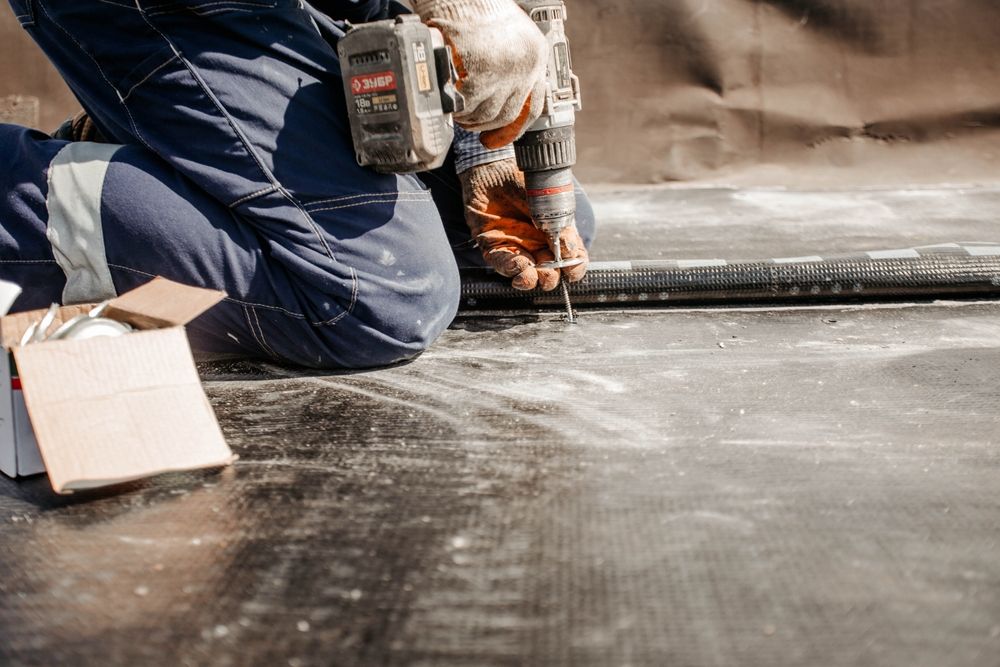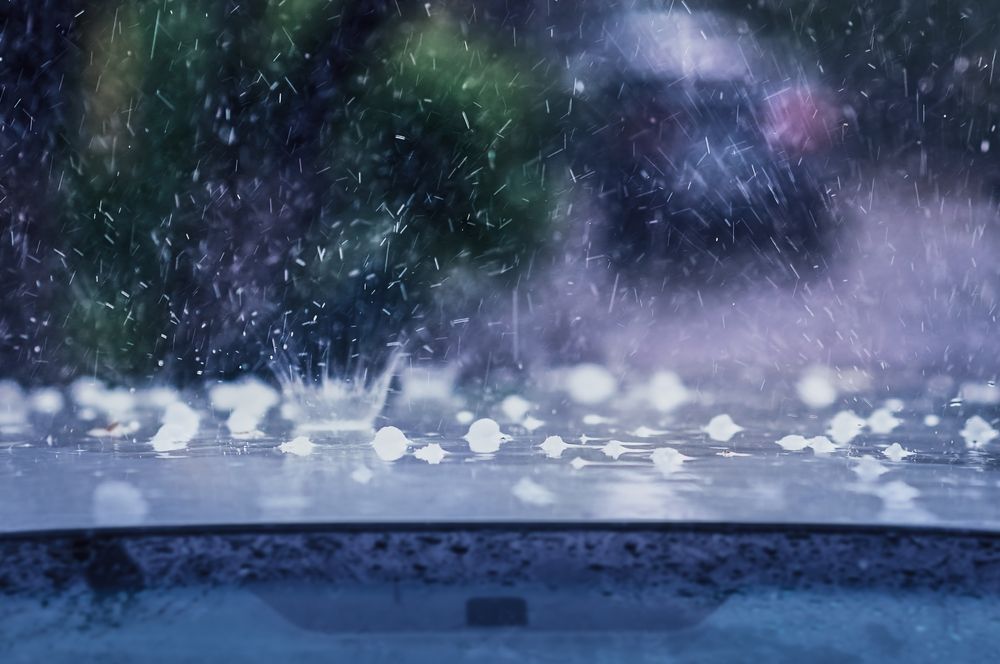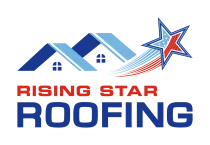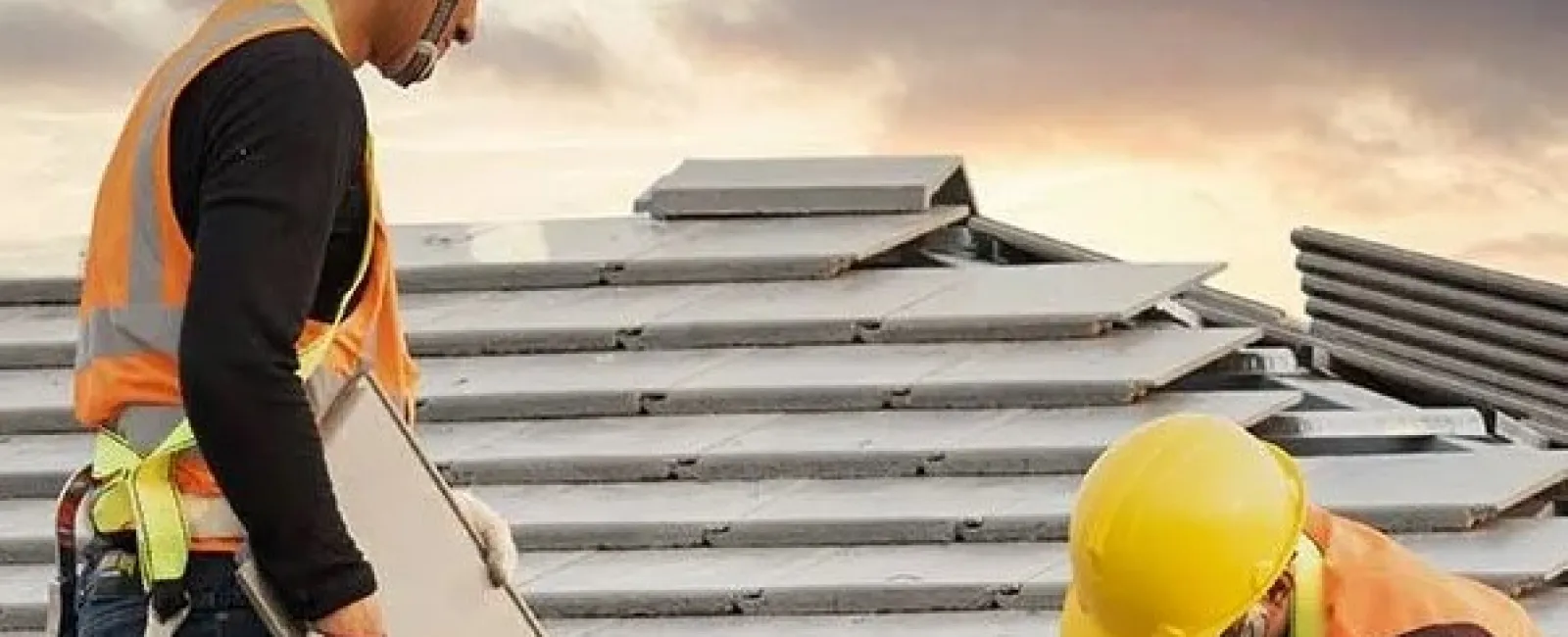Depending on the type of commercial roofing you've installed, you can expect your investment to last anywhere from 10 to 40 years. For many property owners, that sounds like a sign to sit back and relax until the time is up—but not so fast!
It's worth noting that the life expectancy listed in your roofing literature can vary wildly based on several factors. The roof's care and keeping, its use and abuse, the installation and design quality, and even the weather will play a role. And while you can't control all of these factors, staying on the lookout for minor issues can help you tackle them before they become expensive repairs.
If you haven't checked your property's roof recently, here are a few of the most common commercial roofing problems to look out for.
1. Substandard Installation
It's sad but true: many roofing issues happen from day one due to poor installation. Commercial roofing services are often different from residential alternatives, which is why it's important to work with a roofing company that has experience with commercial properties. Otherwise, a poor installation could increase the likelihood of future issues and decrease the lifespan of your roofing system.
It's also a good idea to make sure that the specialist you've hired is working with the right high-grade roofing materials on the front end, rather than lower-quality options that may require you to get a repair or a total roof replacement in the future.
2. Pooling Water

Many commercial roofs have a little slope, and some are even completely flat. As a result, the roofing installation process should take into account the need for adequate drainage. Otherwise, these commercial roofs may be prone to clogged drains and standing water.
This can be a special problem in the case of severe weather, including rainstorms and heavy wind, both of which can cause serious storm damage to a roof with improper drainage.
3. Leaks
Whether they're the result of pooling water or another type of roof damage, leaks are a major hassle for commercial property owners throughout the U.S. No matter how small the water intrusion appears, it's crucial to take care of it before adding water causes further damage to the building's structure.
4. Flashing Issues
It's easy to overlook the importance of flashing when you consider your roofing structure as a whole. However, flashing is actually one of the most important parts of your roof.
When installed the right way, the flashing should cover vulnerable seams to protect them from water penetration. It should also work to direct water away from certain parts of the structure.
Over time, your flashing will degrade bit by bit. This happens for a number of reasons: frequent thermal expansion can cause the material to warp and shift, for example, or a buildup of defects and penetrations can cause the flashing to fail.
As a result, it's important to remember that your flashing will likely need to be replaced at some point, though the timing will depend on the type of structure, the weather events it sees, and how old the flashing is.
5. Blow-offs and Tenting
Certain types of commercial roofs—especially single-ply structures are at risk of tenting or blowing off.
If the roof material does not adhere to the substrate, the wind may cause the roof to billow or blow off. This happens because the moving wind creates suction pressure across the surface of your roof. If your roof isn't strong enough, the wind may blow some materials off completely.
6. Surface Erosion
Again, harsh storms can wreak havoc on a roof, so you can expect to see your structure undergo some wear and tear over time. From rainstorms to hail to tornadoes—in addition to the summer heat—the weather is an inescapable source of damage.
Over time, you may notice signs of weather-driven surface erosion on certain types of roofs. This may be cracks, discoloration, blistering, or other imperfections. In certain cases where this damage happened as the result of a heavy storm, you may be able to reverse the damage with an insurance restoration project.
7. Punctures

Punctures occur when something—such as a tree branch or debris from a storm—adds enough weight to your roof that the materials cave inward.
However, it's worth noting one common but preventative culprit: walking on the roof. Depending on the type of commercial roof you own, the added weight of a person—combined with the textures of certain types of shoe soles—can puncture your roof. If you must walk on your roof, make sure to reduce wear and tear with walkway pads.
8. Shrinkage
If you own a metal roof, you may already be aware that the material is durable and long-lasting. However, these benefits come with a significant tradeoff, as metal can expand and contract with the summer heat.
As a result, you may notice that certain components of your roof—from your flashing to your drip edges—can change in size over time. This frequent expansion and contraction can cause long-term structural issues that need to be addressed to preserve the integrity of your roof.
9. Poor Maintenance
One of the most common roofing problems our team encounters on a regular basis is a preventable one: a lack of maintenance! You can perform some types of basic maintenance yourself, but it's important to have a professional roofing contractor inspect your structure on at least an annual basis, whether or not you believe you need roof repair.
An expert can check for subtle signs of material stress or building damage, allowing you to catch small issues before they snowball into massive headaches.
Work With the Commercial Roofing Experts
To make sure that your commercial roofing is installed right the first time—or repaired fast—partner with our team of experts!
Rising Star Roofing is the trusted roofing company for installation, repairs, restoration, and beyond, and we'd love to help you with your next project. Get a free estimate today to learn what we can do to help.

